Afghan Women’s Fashion weaves an unending tapestry of colors that beautifully portrays Afghanistan’s diverse culture and heritage, with each thread tied to history, tradition, and regional variation.
Afghan Women’s Fashion reflects the beauty of Afghanistan and its people. Whether through intricate embroidery, bold hues, or modest silhouettes, the garments worn by Afghan women are more than merely clothing; they tell stories of millennia‑old customs and social identities.
This in‑depth analysis explores real Afghan women’s clothing and fashion, examines their historical significance across different regions, and highlights how traditional styles are being reinvented for the modern era.
Historical Background of Afghan Women’s Clothing
The Influence of Afghanistan’s Diverse Regions
Afghanistan is home to various ethnic communities, each with its traditional clothing. Pashtuns, Tajiks, Hazaras, and Uzbeks have all played a role in keeping the country’s fashion heritage alive. Clothing in peasant societies was somewhat uniform, but the styles varied between the large sectors that constitute Afghanistan the peasants and those who were at least their temporary masters.
The Place of Islam in Afghan Fashion
Islam has played an essential role in shaping Afghan women’s attire. The dress code in Afghanistan is deeply rooted in Islamic principles, where modesty is highly emphasized. Afghan women often wear garments like the chador or burqa to fulfill these modesty requirements. While there is a standard of modesty, women express themselves through color, fabric, and embroidery.
Traditional Afghan Women’s Garments
The Afghan Dress: Perahan Tunban and Firaq
The Perahan Tunban is a traditional Afghan garment worn by women. It consists of a long tunic paired with wide pants, often in bright colors and adorned with intricate embroidery on the neckline, cuffs, and hem.
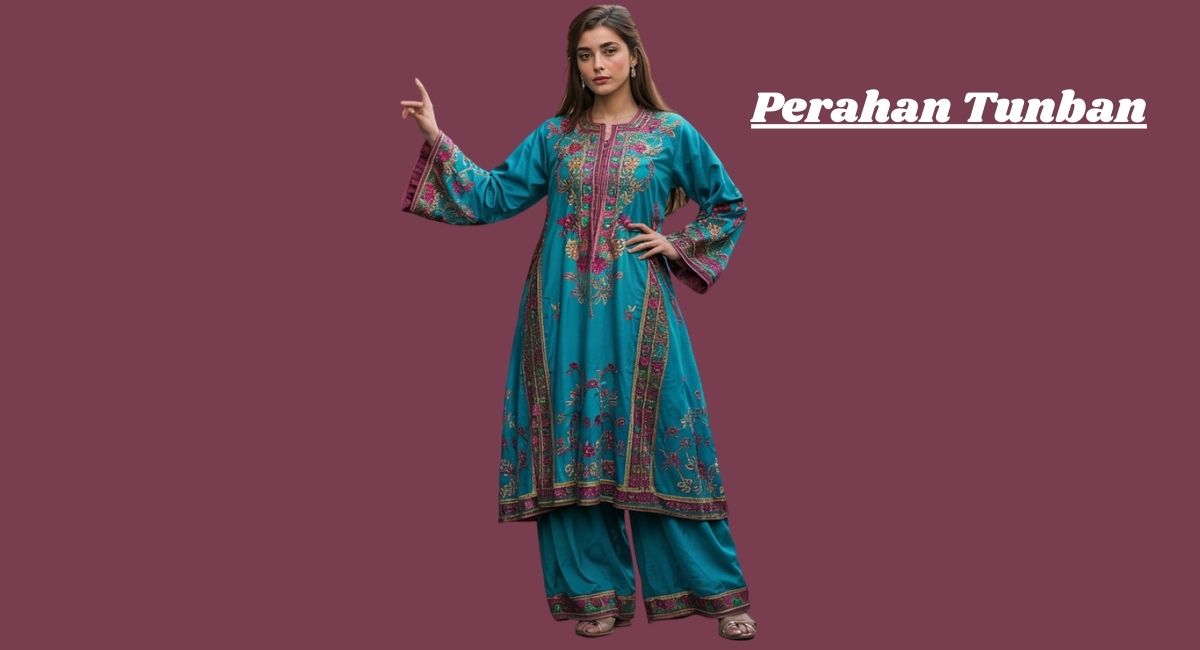
Another common dress is the Firaq, a long, loose-fitting gown often worn with a dupatta or scarf for modesty.
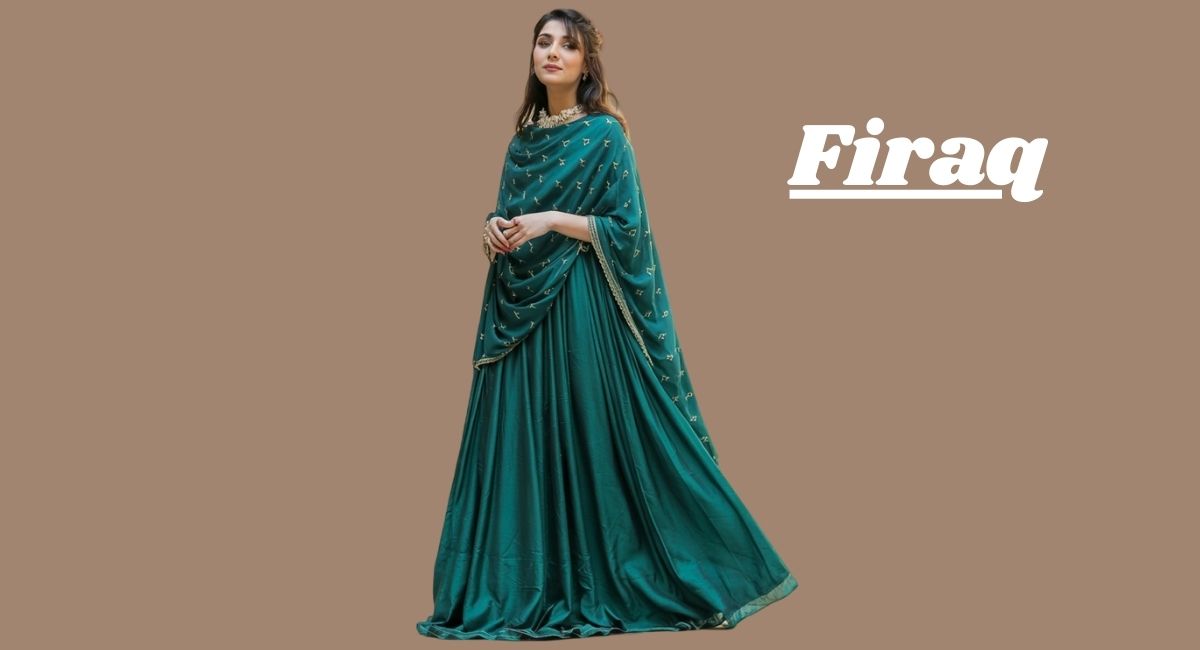
Chapan: The Iconic Afghan Coat
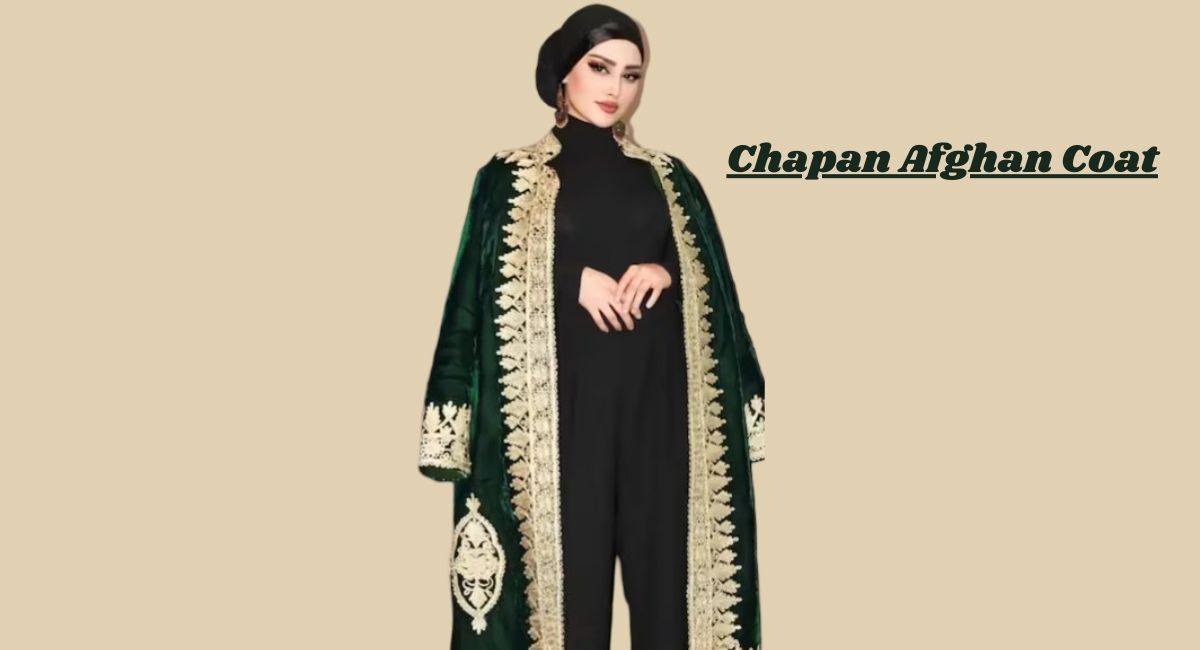
The Chapan is a long coat with wide sleeves, traditionally worn by men but now also used by women as an accessory. It is made of wool or silk and features intricate ornamentation that reflects regional styles.
Embroidery and Ornamentation: A Cultural Signature
Embroidery is one of the defining features of Afghan clothing, with each region having its distinct style. For example, Kandahari embroidery showcases geometric motifs, while Herati embroidery focuses on floral designs. These patterns are often hand-sewn with silk threads and embellished with beads, mirrors, or coins, adding a rich three-dimensional texture to the fabric.
The Symbolism Behind Afghan Women’s Clothing
Colors and Their Meanings
The colors used in Afghan clothing hold significant meaning. Red, for example, is a symbol of joy and is often worn at weddings, while green is considered a color of good fortune. Black is traditionally worn during periods of mourning, and other colors are selected based on the occasion and societal expectations.
The Importance of Jewelry and Accessories
Jewelry plays a vital role in Afghan women’s attire, symbolizing wealth, social status, and marital status. Afghan jewelry, known for its bold designs, is made using silver, lapis lazuli, and turquoise. It often includes large pieces such as necklaces, bracelets, earrings, and headpieces, each with its own cultural significance.
Modern Influences on Afghan Women’s Fashion
Westernization and Globalization
In urban areas of Afghanistan, Western fashion influences have become more prevalent, particularly among younger women. This has resulted in a fusion of traditional Afghan attire with modern trends. Afghan women now wear jeans, skirts, and tunic-style dresses, blending elements of both Western and Afghan styles to create a unique look.
The Role of Afghan Fashion Designers
Afghan fashion designers have played an instrumental role in maintaining and modernizing traditional Afghan clothing. Designers like Zolaykha Sherzad and Laman have gained international recognition for their work, incorporating Afghan fabrics and patterns into contemporary designs. Their efforts help preserve Afghan heritage while promoting fashion as a form of empowerment for women.
The Rise of Afghan Fashion in the Diaspora
Afghans living abroad, particularly in the US and Canada, continue to wear traditional attire at cultural events to maintain a connection with their heritage. Afghan women in the diaspora often combine traditional Afghan clothing with the fashion of their new homes, creating a dynamic and evolving style.
The Role of Fashion in Empowering Afghan Women
Fashion as a Form of Resistance
In a country where women’s rights are often limited, fashion has become a powerful tool for self-expression and resistance. Afghan women use traditional clothing as a way to reclaim their public presence, demonstrating that they are individuals with voices and identities worthy of respect.
The Impact of Social Media on Afghan Fashion
Social media platforms like Instagram and TikTok have allowed Afghan models and designers to showcase their unique styles to a global audience. Afghan women share images of themselves in both traditional and Western clothing, using fashion to inspire others and express their resilience.
Challenges Facing Afghan Women’s Fashion
The Impact of Political Instability
Political instability in Afghanistan has significantly hindered the development of its fashion industry. Conservative forces have imposed strict dress codes on women, limiting their freedom to wear what they want. The resurgence of the Taliban in 2021 has raised concerns about the future of Afghan women’s fashion.
The Struggle to Preserve Tradition
As Western styles become more popular among younger Afghan women, there is a growing fear that traditional clothing and embroidery techniques may disappear. Efforts by cultural organizations and designers aim to document these traditions so they can be passed down to future generations.
The Future of Afghan Women’s Fashion
Reviving and Reinventing Tradition
Despite the challenges, there is hope for Afghan women’s fashion. Designers and artisans are working to bring traditional techniques back to life, blending heritage with modern elements to create clothing that appeals to contemporary tastes.
Sustainable Fashion and Ethical Practices
Many Afghan designers are adopting sustainable fashion practices, using ethically sourced materials and supporting local artisans. This shift aligns with the global movement towards sustainability, ensuring that Afghan fashion contributes to a more ethical and environmentally conscious future.
The Role of International Support
International support is crucial for the growth of Afghan fashion. By promoting Afghan designers, sourcing traditional clothing, and supporting ethical brands, the global community can help preserve Afghanistan’s rich fashion heritage while empowering Afghan women.
Conclusion
Afghan women’s clothing and fashion reflect the country’s deep cultural history and unique regional characteristics. From traditional garments like the Perahan Tunban to modern styles, Afghan fashion remains an essential part of the country’s identity.
However, Afghanistan’s fashion heritage faces many challenges, including political instability and the influence of Western styles. Despite these obstacles, there is optimism that with the help of designers, artisans, and the Afghan diaspora, women’s fashion in Afghanistan will continue to evolve while preserving its cultural roots.
FAQs
Q1. What are the key elements of authentic Afghan women’s clothing?
Authentic Afghan women’s clothing typically includes garments like the burqa (a full-body covering with a mesh screen), chador (a loose, flowing dress), and shalwar kameez (a tunic and trousers). These are often paired with a dupatta (a long scarf) worn over the shoulders or head.
Q2. How can I identify genuine Afghan fashion?
Genuine Afghan women’s fashion is characterized by traditional craftsmanship, hand-embroidered designs, intricate beadwork, and the use of rich fabrics like silk, velvet, and wool. Look for patterns and colors specific to different regions of Afghanistan.
Q3. What are some popular styles and colors in Afghan women’s fashion?
Popular styles include the chador for formal occasions, the shalwar kameez for daily wear, and the burqa for modesty. Colors like red, blue, green, and earthy tones are commonly used, with patterns varying by region.
Q4. Where can I purchase authentic Afghan clothing?
Authentic Afghan women’s clothing can be found at specialty boutiques, traditional Afghan markets, and online retailers that focus on ethnic or cultural garments. Supporting local Afghan artisans or ethical brands is also a great way to find genuine clothing.
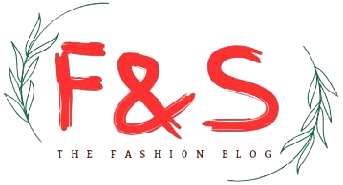



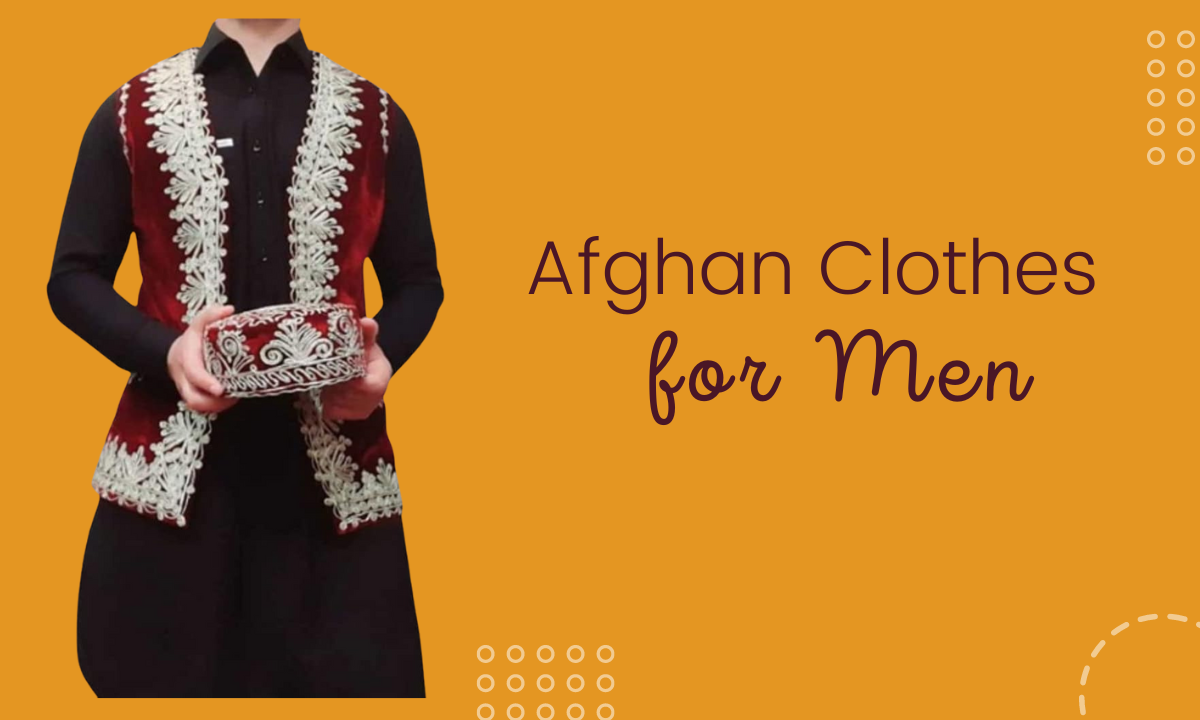
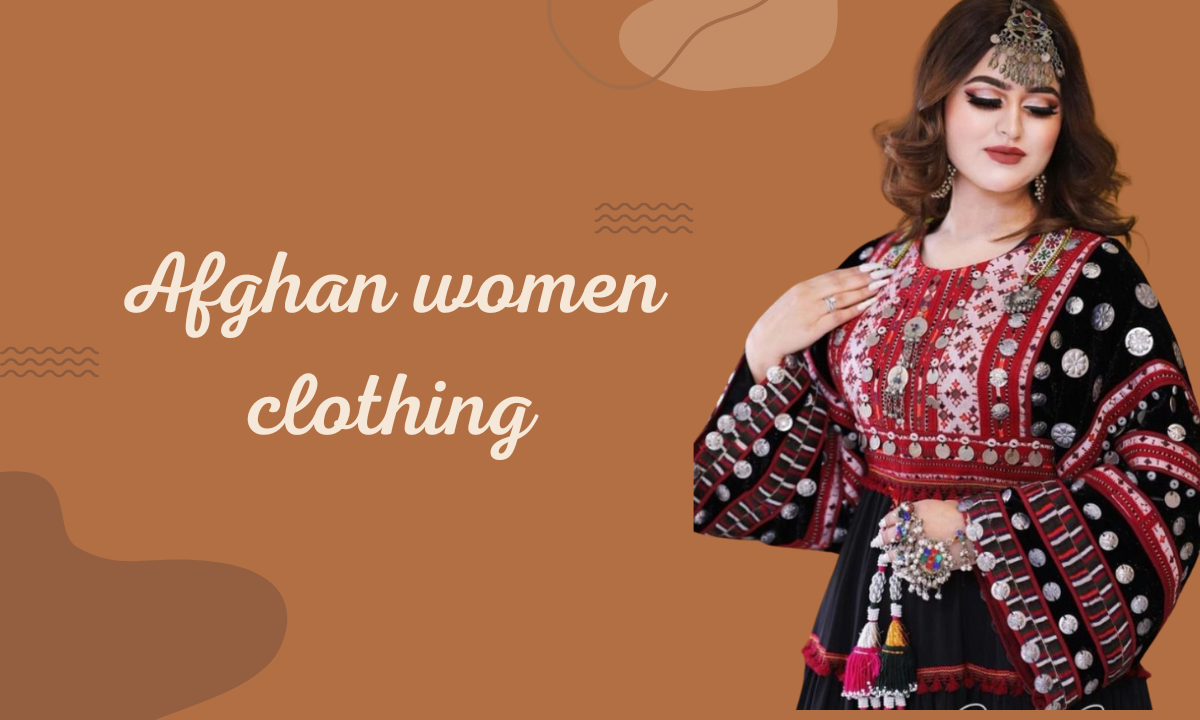
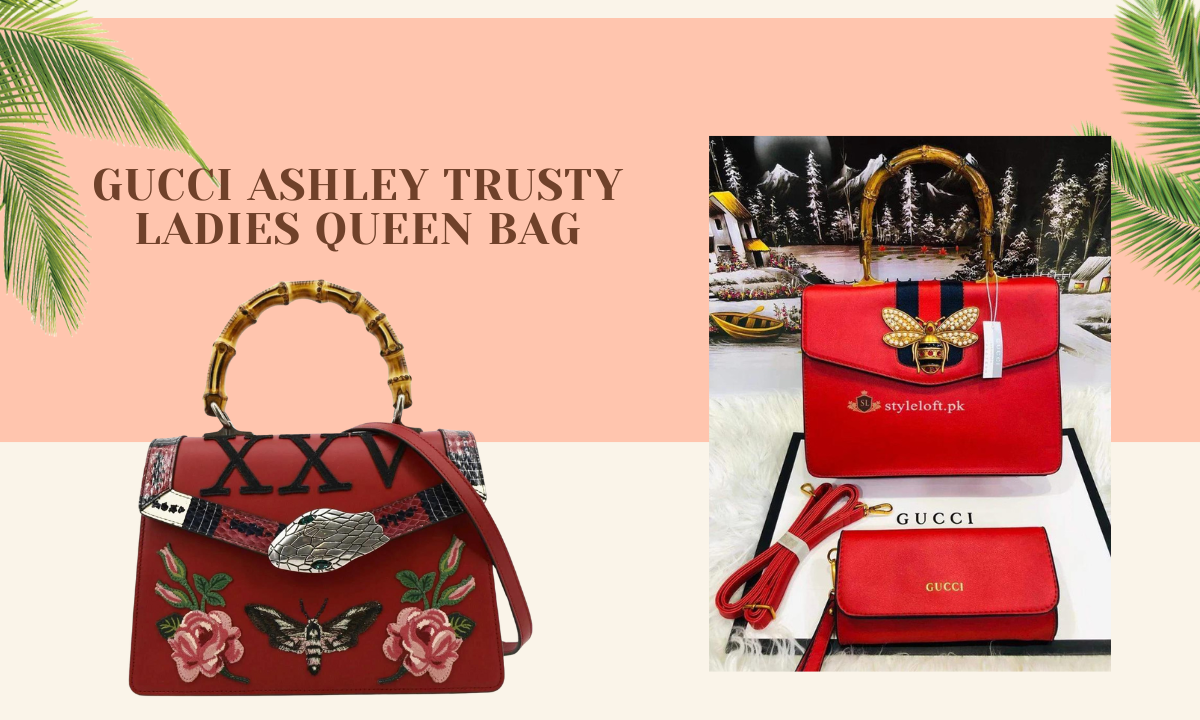

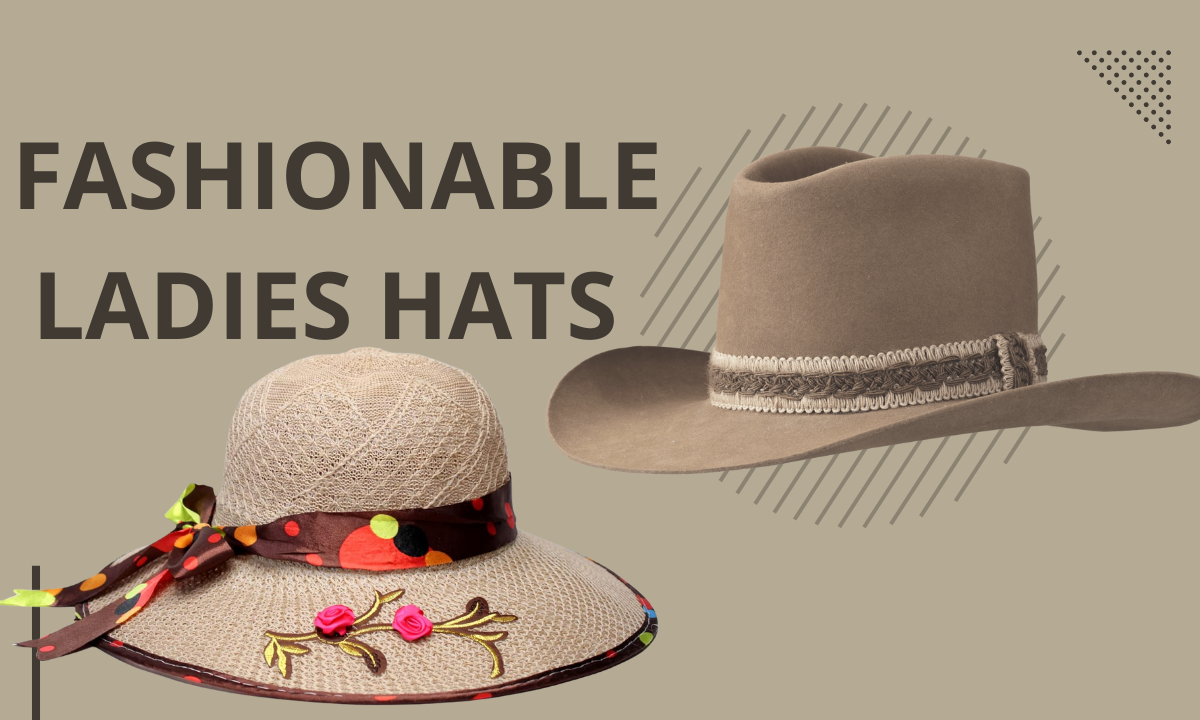

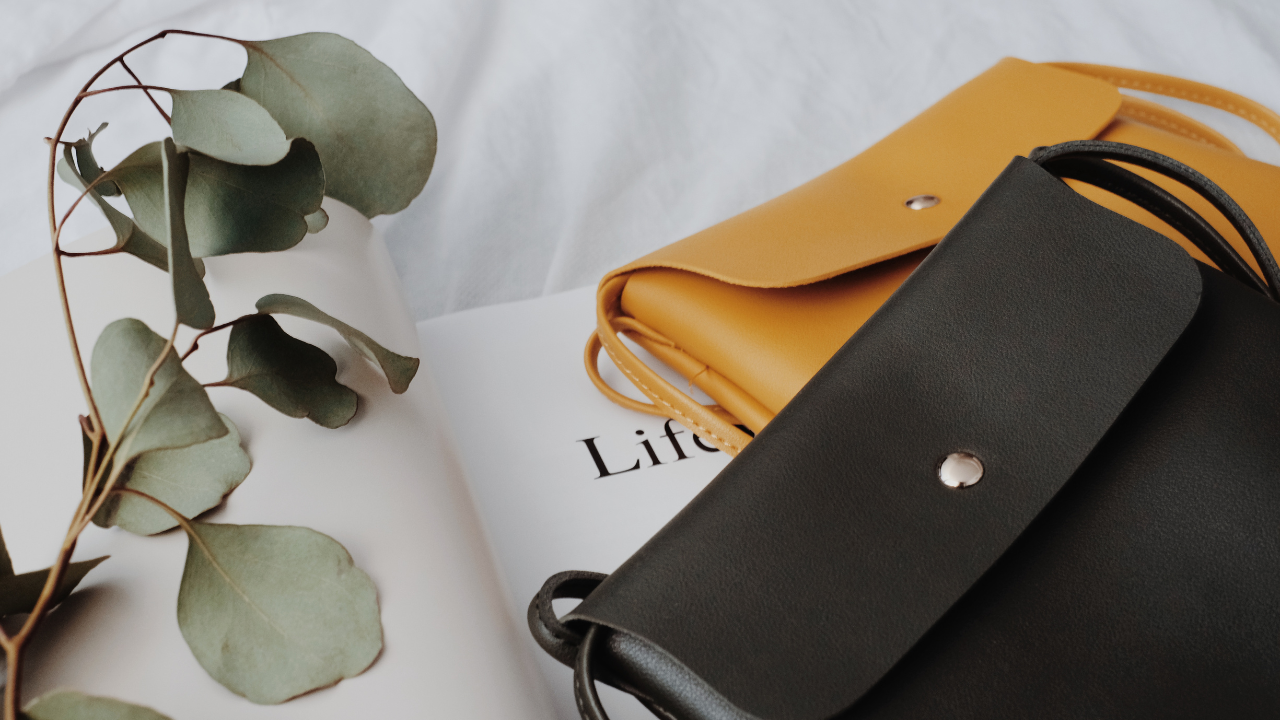
Leave a Reply